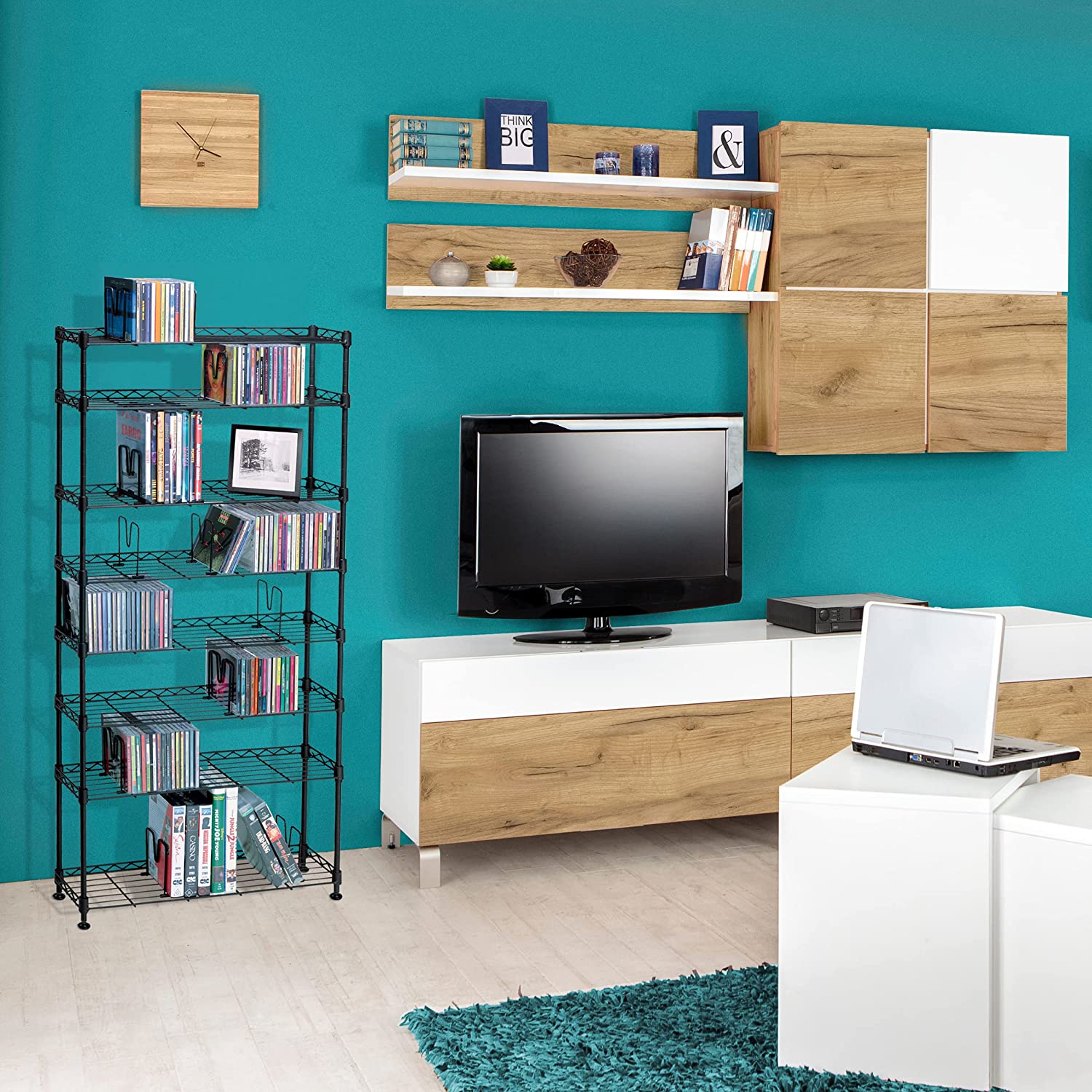

Articles
What Are Racks
Modified: October 20, 2024
Discover creative and efficient storage ideas with racks. Maximize your space and keep your belongings organized with these smart storage solutions.
(Many of the links in this article redirect to a specific reviewed product. Your purchase of these products through affiliate links helps to generate commission for Storables.com, at no extra cost. Learn more)
What Are Racks
When it comes to organizing and storing items, racks play an essential role in providing efficient and space-saving solutions. Racks are versatile structures that are designed to hold and support various items, ranging from heavy-duty industrial equipment to everyday household items. These functional storage systems are commonly used in warehouses, retail stores, offices, and even in our homes. In this article, we will explore the definition of racks, the different types available, the benefits they offer, and their common applications.
Key Takeaways:
- Racks are versatile, space-saving storage solutions that offer efficient organization and accessibility for a wide range of items, from industrial equipment to household belongings.
- Understanding the various types of racks, their benefits, and common applications can help individuals and businesses optimize storage space, improve inventory management, and create organized environments.
Read more: What Are Roof Racks For
Introduction
Racks are often overlooked, but they are indispensable in maintaining order and maximizing space utilization. These structures come in various sizes and designs, allowing them to accommodate a wide range of items efficiently. From the towering pallet racks in a warehouse to the sleek and compact shoe racks in our closets, racks are essential for keeping our belongings organized and accessible.
Whether you need to store heavy industrial equipment, bulk merchandise, or simply declutter your living space, racks provide a structured solution to help you achieve your storage goals. They not only optimize space but also contribute to improved inventory management, easy accessibility, and enhanced safety. Understanding the different types of racks, their benefits, and applications can help you make informed decisions when it comes to organizing and storing your belongings.
In the following sections, we will delve deeper into the definition of racks, explore the various types available, discuss the benefits they offer, highlight common applications, and provide insights on factors to consider when choosing the right rack for your needs. Additionally, we will touch on the importance of proper maintenance and care to ensure the longevity of your racks.
So, if you’re ready to unlock the potential of racks and revolutionize your storage solutions, let’s dive in and explore the wonderful world of racks.
Definition of Racks
Racks can be defined as structures specifically designed to hold and support items in an organized manner. They are typically made from sturdy materials such as metal, wood, or plastic and are built to withstand the weight and size of the items they hold. Racks come in various shapes and sizes, ranging from shelves with multiple levels to specialized frameworks for specific purposes.
One of the key features of racks is their ability to provide vertical storage, allowing users to make the most efficient use of space. By utilizing vertical space, racks enable users to store more items within a smaller footprint, maximizing storage capacity. This is especially crucial in warehouses, retail stores, and other commercial spaces where optimizing storage space is essential.
Another defining characteristic of racks is their modular nature. Most racks are designed to be easily assembled and disassembled, providing flexibility and adaptability. With adjustable shelving and customizable configurations, racks can be tailored to suit specific needs and accommodate items of varying sizes and shapes.
Racks are also designed with considerations for accessibility and safety. Most racks are open on all sides, allowing easy access to stored items. Additionally, many racks are equipped with features such as railings, safety bars, or latching mechanisms to secure items and prevent accidents or damage during storage and retrieval.
Overall, the primary purpose of racks is to provide efficient and organized storage solutions, whether it’s in a commercial setting or within the confines of your own home. They offer a practical way to overcome clutter, improve inventory management, and enhance productivity by keeping items easily accessible and neatly arranged.
Now that we have a clear understanding of the definition of racks, let’s explore the different types of racks available in the market.
Types of Racks
Racks come in a wide variety of types, each designed to fulfill specific storage needs and accommodate different types of items. Understanding the different types of racks available can help you choose the most suitable option for your storage requirements. Here are some common types of racks:
- 1. Pallet Racks: Pallet racks are widely used in warehouses and industrial settings. They are designed to hold and organize pallets, which are typically used for storing heavy items. Pallet racks feature horizontal beams supported by vertical uprights, providing stability and strength for storing heavy loads.
- 2. Shelving Racks: Shelving racks are versatile and can be found in various settings, from commercial spaces to residential homes. They consist of horizontal shelves, often adjustable in height, and are used to store items of different sizes. Shelving racks are ideal for organizing books, household items, and smaller merchandise in a neat and accessible manner.
- 3. Cantilever Racks: Cantilever racks are specially designed to store long, oversized items such as pipes, lumber, or steel bars. These racks feature long arms that extend from vertical columns, providing easy access and efficient storage for bulky items that would not fit on traditional shelving units.
- 4. Wire Racks: Wire racks are commonly used in retail stores, restaurants, and even residential kitchens. They are made of wire mesh or grids and are lightweight, durable, and easy to clean. Wire racks are used to display and store products such as clothing, food items, and kitchen supplies.
- 5. Garment Racks: Garment racks are designed specifically for storing and organizing clothing items. They are commonly used in retail stores, fashion boutiques, and even in our homes as temporary clothing storage solutions. Garment racks typically feature a horizontal rod for hanging clothes and lower shelves for shoes or folded garments.
- 6. Bike Racks: Bike racks are essential for securely storing bicycles in various settings such as parking lots, garages, or outdoor spaces. They come in different designs, including wall-mounted racks, floor-standing racks, and even racks that can be attached to vehicles for transportation.
These are just a few examples of the many types of racks available in the market. Each type serves a specific purpose and offers unique features to suit different storage needs. By identifying your specific requirements, you can choose the right type of rack to optimize your storage space and efficiently organize your items.
Now that we have explored the different types of racks, let’s move on to discussing the benefits of using racks for storage.
Benefits of Using Racks
The use of racks for storage offers numerous benefits across various settings, from residential homes to commercial warehouses. Here are some key advantages of using racks:
- 1. Space Optimization: Racks are designed to maximize storage space by utilizing vertical space efficiently. By allowing for vertical storage, racks help to free up valuable floor space, enabling you to store more items within a smaller footprint. This is particularly beneficial in crowded environments where space is limited.
- 2. Improved Organization: Racks provide a structured and systematic storage solution. With their multiple levels or compartments, racks allow you to categorize and organize items in a logical and accessible manner. This makes it easier to locate and retrieve specific items, saving you time and effort.
- 3. Easy Accessibility: Unlike traditional storage methods where items may be stacked or piled up, racks provide easy access to stored items. With open shelving or hanging options, items are visible and within reach, making them simple to locate and retrieve when needed. This can greatly enhance efficiency and productivity, especially in commercial or warehouse settings.
- 4. Enhanced Safety: Racks are designed to provide stability and support for stored items. By properly distributing the weight of items, racks help prevent collapses or accidents that may occur with improper storage methods. Additionally, racks with safety features such as railings or latching mechanisms offer added protection against items falling off the shelves.
- 5. Better Inventory Management: Using racks allows for clear visibility of items, making it easier to keep track of inventory. With proper organization and labeling, you can quickly assess stock levels, identify missing items, and plan for restocking. This can enhance efficiency and help reduce the risk of overstocking or shortages.
- 6. Versatility and Customization: Racks come in a wide range of sizes, configurations, and materials, offering flexibility to suit diverse storage needs. Many racks also feature adjustable shelving or modular designs, allowing you to customize the rack based on the size and shape of your items. This adaptability makes racks suitable for various settings and industries.
By utilizing racks for storage, you can enjoy these benefits, whether you are looking to organize your home, optimize inventory management in a retail store, or improve logistics in a warehouse setting. The next section will explore the common applications of racks, giving you insights into where racks are commonly used.
Racks are structures used for storage or display. They come in various types such as pallet racks for warehouse storage, server racks for IT equipment, and clothing racks for retail displays. Choose the right type based on your specific needs and space requirements.
Read more: What To Do With A Wine Rack
Common Applications of Racks
Racks find extensive applications in a wide range of settings due to their versatility and practicality. Here are some common areas where racks are widely used:
- 1. Warehouses: Racks are essential in warehouse settings, where they are used to store and organize inventory efficiently. Pallet racking systems are commonly employed to store heavy items and palletized goods. These racks allow for easy access and maximize storage capacity, enabling warehouses to handle large quantities of products.
- 2. Retail Stores: Racks play a crucial role in retail environments, where they are used to display merchandise and make it easily accessible to customers. Shelving racks, wire racks, and garment racks are commonly used to showcase items such as clothing, accessories, electronics, and more. These racks help create an organized and appealing display, enticing customers and optimizing product visibility.
- 3. Offices: In office spaces, racks are utilized to store important documents, files, and office supplies. Shelving racks or filing racks are commonly used to keep paperwork organized, enhancing productivity and ensuring easy retrieval of information. Bookshelves are also a popular choice in office libraries or common areas to display books and reference materials.
- 4. Garages and Workshops: Racks are invaluable in garages and workshops, helping to organize tools, equipment, and other items. Tool storage racks, pegboards, and shelving units are commonly used to keep the workspace tidy and easily accessible. By utilizing racks, individuals can optimize their garage or workshop space while ensuring that tools and equipment are readily available.
- 5. Residential Spaces: Racks are not confined to commercial and industrial settings; they also have a place in our homes. In residential spaces, racks are used to store a variety of items such as clothes, shoes, kitchenware, and books. From wardrobe racks and shoe racks to kitchen racks and wine racks, they help maintain a neat and organized living environment.
- 6. Libraries and Educational Institutions: Libraries and educational institutions heavily rely on racks to store and display books, magazines, and other reading materials. Bookshelves and magazine racks allow for easy browsing and quick retrieval of resources, fostering a conducive learning environment.
These are just a few examples of the many applications of racks. Whether it’s in a warehouse, retail store, office, garage, or residential space, racks offer efficient storage solutions and contribute to creating organized and functional environments.
Now that we have explored the common applications of racks, let’s move on to discussing the factors to consider when choosing the right rack for your needs.
Factors to Consider When Choosing Racks
Choosing the right rack for your specific needs requires careful consideration of various factors. Here are key aspects to keep in mind when selecting a rack:
- 1. Storage Requirements: Assess your storage needs, including the types of items you plan to store, their sizes, and weight. This will help determine the appropriate rack type, load capacity, and shelving configuration required for your specific items.
- 2. Space Availability: Consider the available space where the rack will be placed. Measure the dimensions of the area to ensure the selected rack will fit comfortably without hindering accessibility or movement within the space.
- 3. Durability and Material: Evaluate the durability and material quality of the rack. Depending on the environment and items to be stored, you may need a rack made of metal for heavy-duty purposes or a rack made of plastic or wood for lighter items.
- 4. Safety Features: Check for safety features such as railings, latching mechanisms, or anti-tip devices, especially if you plan to store heavy or potentially hazardous items. These features will help ensure the safety and stability of the stored items.
- 5. Flexibility and Adjustability: Consider the flexibility and adjustability of the rack. Look for racks with adjustable shelves or modular designs that allow you to customize the rack based on your changing storage needs and the sizes of your items.
- 6. Accessibility: Evaluate how easily accessible the stored items will be. Open shelving or racks with clear visibility of items can improve accessibility and retrieval, saving you time and effort in locating specific items.
- 7. Budget: Determine your budget for the rack, considering both the initial investment and long-term costs. While it’s important to find a rack within your budget, remember to prioritize quality and suitability for your storage needs.
- 8. Maintenance Requirements: Consider the maintenance requirements of the rack. Some racks may require regular cleaning or occasional adjustments, so factor in the time and effort you are willing to invest in maintaining the rack’s condition.
By considering these factors, you can choose a rack that meets your storage needs effectively, ensures safety, optimizes space utilization, and aligns with your budget. Now, let’s move on to discussing the proper maintenance and care of racks to ensure their longevity.
Proper Maintenance and Care of Racks
Maintaining and caring for your racks is essential to ensure their longevity and optimal performance. Here are some key practices for proper maintenance and care of racks:
- 1. Regular Cleaning: Regularly clean the racks to remove dust, dirt, and any spills. Use a soft cloth or a mild cleaning solution appropriate for the material of the rack. Avoid using abrasive chemicals or rough scrubbing tools that may damage the rack’s surface.
- 2. Inspection: Periodically inspect the racks for any signs of damage, such as bent or loose shelves, cracked frames, or rusty parts. Address any issues immediately to prevent further damage and ensure the structural integrity of the rack.
- 3. Load Capacity: Adhere to the recommended load capacity specified by the manufacturer. Overloading the rack can lead to sagging shelves or even collapse, compromising the safety of stored items and the structural stability of the rack.
- 4. Proper Loading: Distribute the weight evenly on the shelves by placing heavier items on the lower shelves and lighter items on the upper shelves. This helps maintain the balance and stability of the rack.
- 5. Avoid Overhangs: Avoid storing items that overhang the edges of the shelves, as this can cause an imbalance and increase the risk of items falling off the rack.
- 6. Handle With Care: When loading or retrieving items from the rack, handle them with care to avoid damaging the rack or causing items to fall. Use appropriate lifting techniques and ensure proper alignment when placing items on the shelves.
- 7. Regular Maintenance Checks: Schedule regular maintenance checks for your racks. Tighten any loose bolts or fasteners, replace worn-out components, and address any issues or concerns promptly.
- 8. Training and Education: If racks are used in a commercial or warehouse setting, provide proper training and education to staff on the safe handling and usage of racks. This can help prevent accidents, injuries, and damage to the racks or stored items.
- 9. Follow Manufacturer Guidelines: Follow the manufacturer’s guidelines and instructions for assembly, usage, and maintenance of the specific rack model you are using. This ensures that you are using the rack correctly and following the recommended procedures for care and maintenance.
By following these maintenance practices and taking proper care of your racks, you can extend their lifespan, maintain their functionality, and ensure the safety of stored items. Regular inspections and addressing issues promptly will help prevent potential accidents or rack failures, providing you with peace of mind and efficient storage solutions for years to come.
Now, let’s wrap up our discussion on racks.
Conclusion
Racks play a significant role in our lives, providing efficient storage solutions and helping us stay organized in various settings. Whether it’s in warehouses, retail stores, offices, garages, or our homes, racks offer numerous benefits and contribute to maximizing space utilization and improving inventory management.
We have explored the definition of racks, the different types available, the benefits they offer, their common applications, factors to consider when choosing racks, and the importance of proper maintenance and care. Racks come in various sizes, materials, and configurations, allowing for customization and adaptability to suit specific storage needs.
By investing in the right racks and using them effectively, we can optimize our storage space, enhance accessibility to stored items, and improve overall organization. Proper maintenance and care of racks ensure their longevity and safe usage, preserving their functionality and protecting stored items from damage.
When selecting racks, consider factors such as storage requirements, available space, durability, safety features, flexibility, and budget. By choosing racks that align with your specific needs, you can create an organized and efficient storage system that saves time, enhances productivity, and reduces clutter.
So, whether you’re a warehouse manager looking to optimize inventory storage or a homeowner seeking to declutter your space, harness the benefits of racks and unlock the potential of efficient storage solutions. Embrace the versatility and functionality that racks offer, and enjoy the enhanced organization and accessibility they provide.
Now it’s time to put your knowledge into action and explore the world of racks to revolutionize your storage solutions!
Frequently Asked Questions about What Are Racks
Was this page helpful?
At Storables.com, we guarantee accurate and reliable information. Our content, validated by Expert Board Contributors, is crafted following stringent Editorial Policies. We're committed to providing you with well-researched, expert-backed insights for all your informational needs.
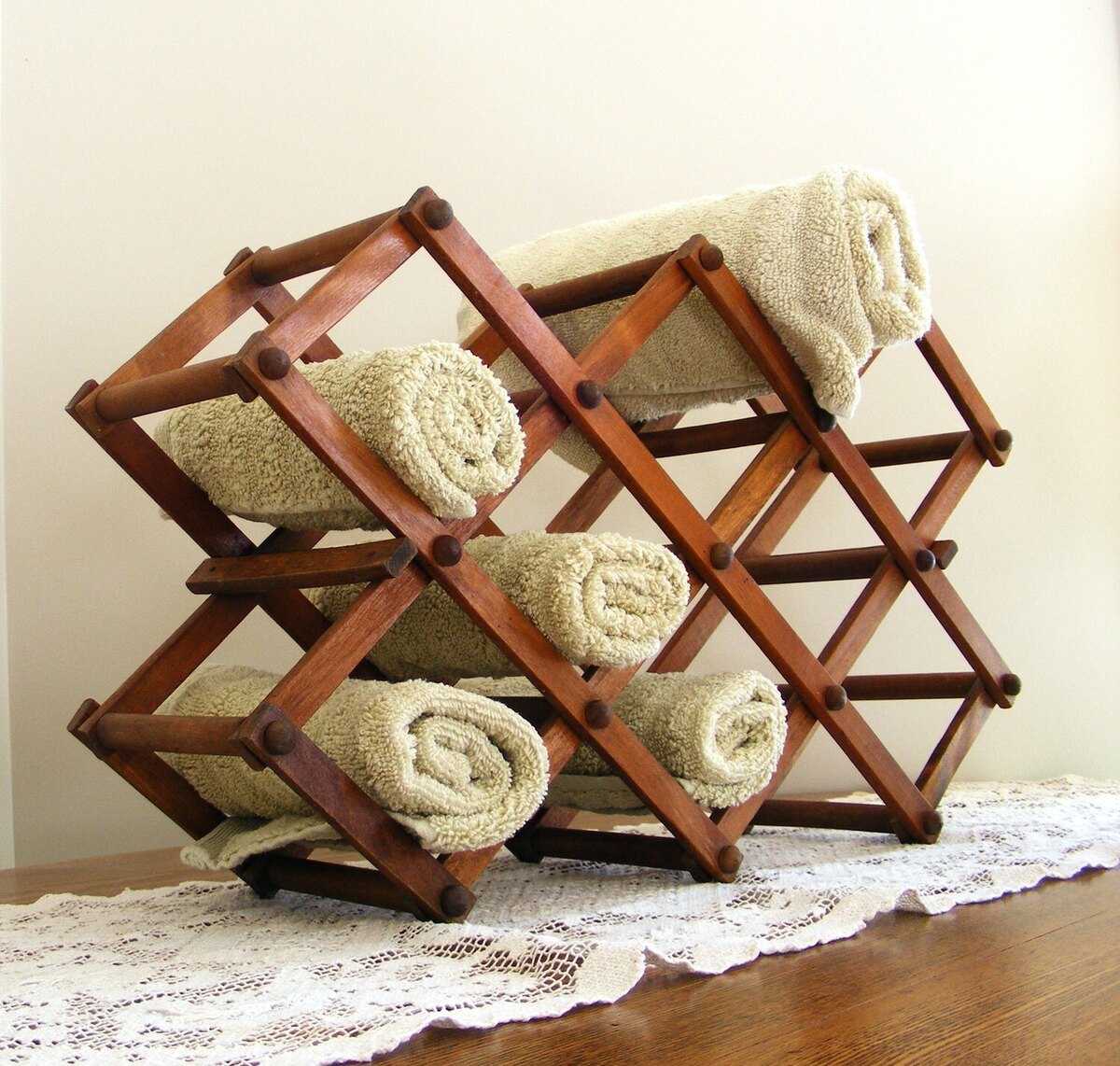
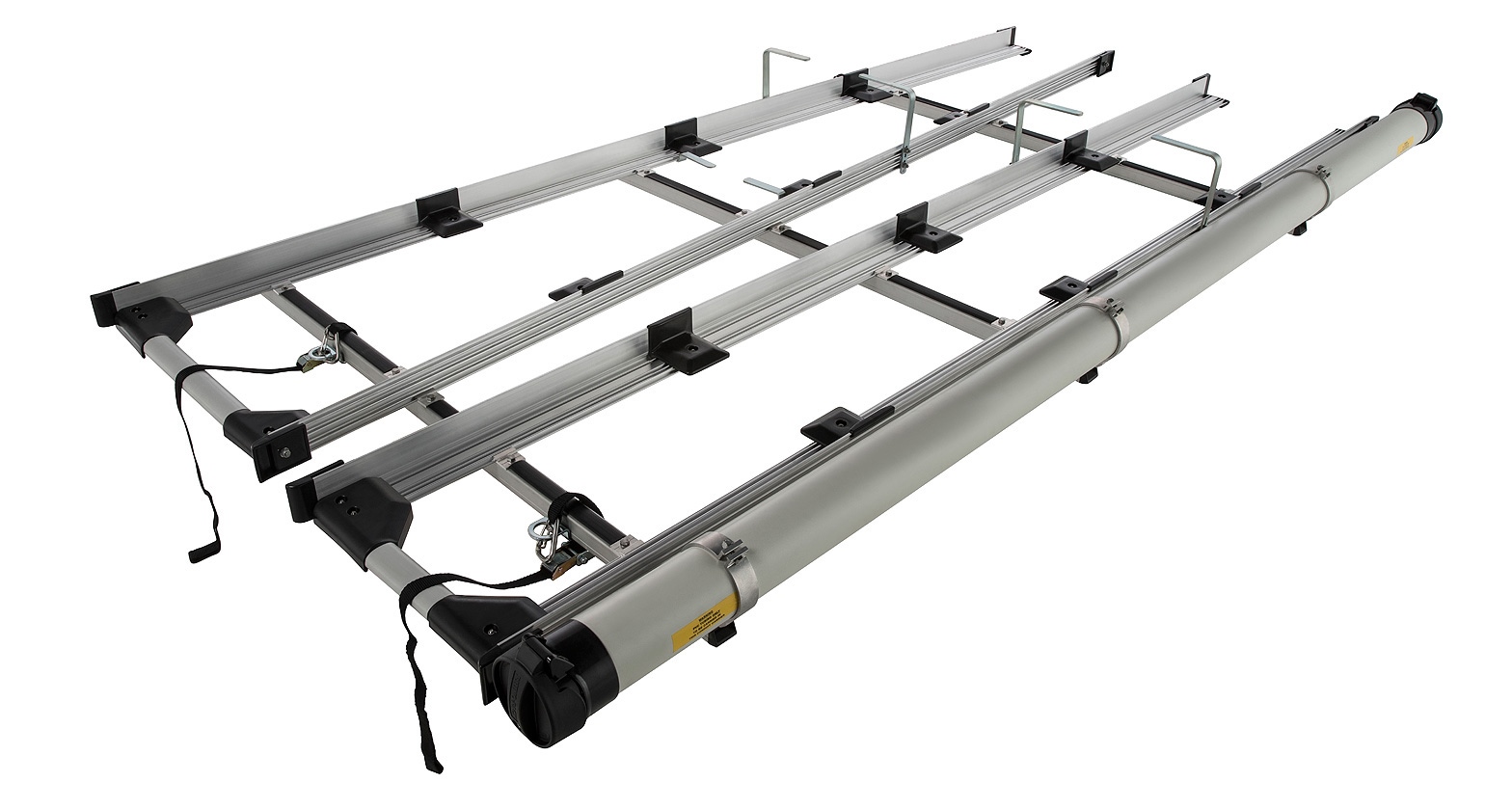
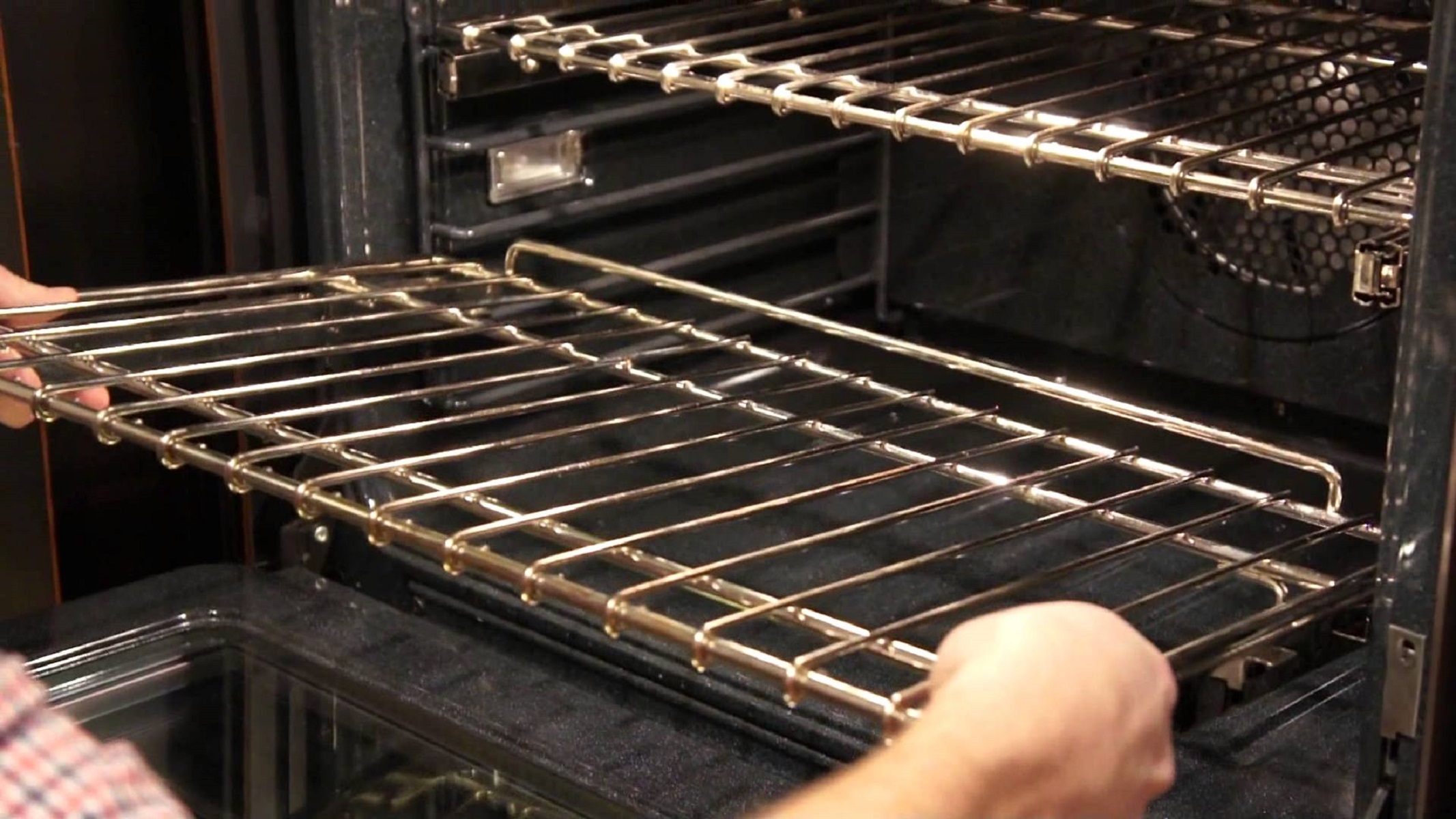
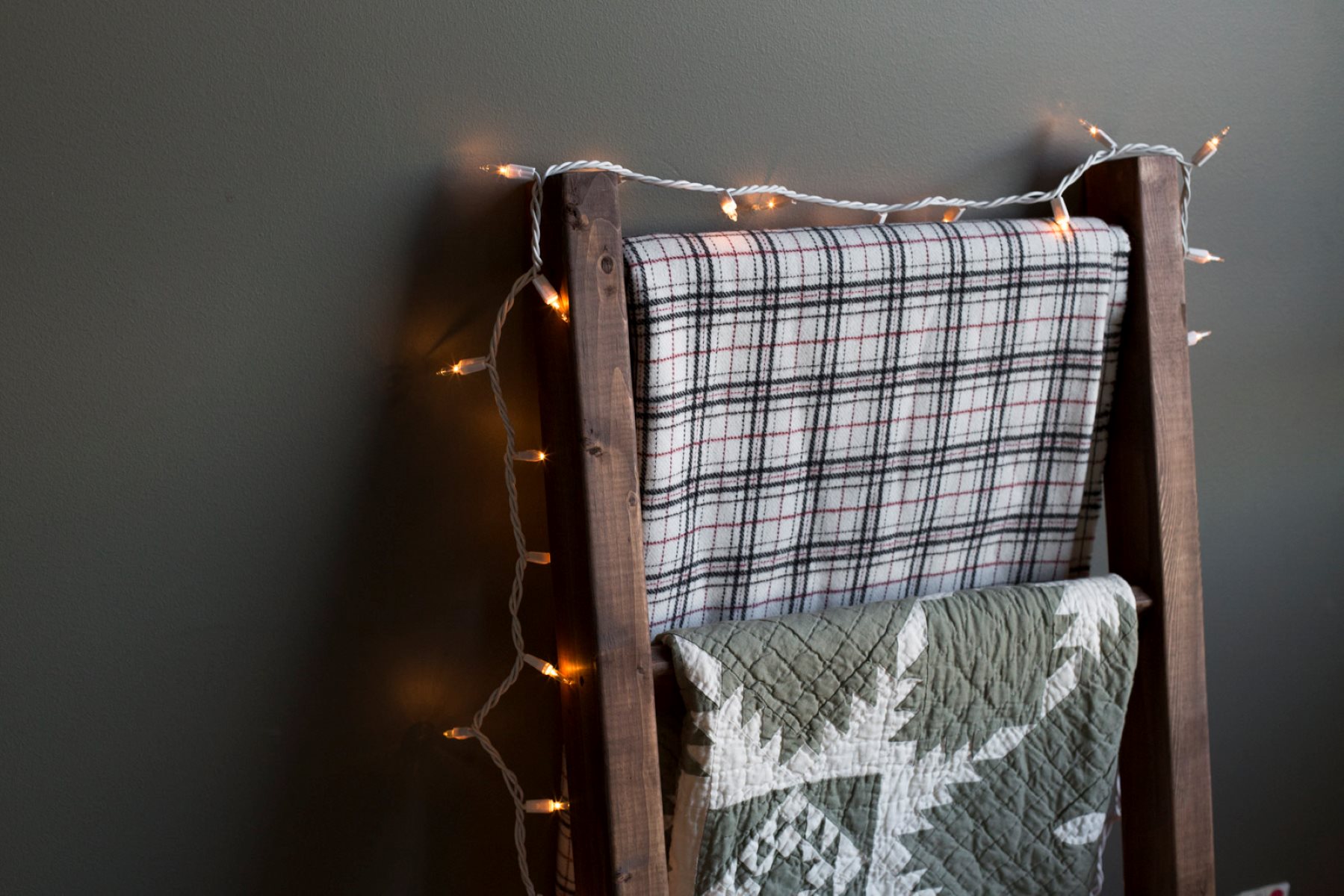

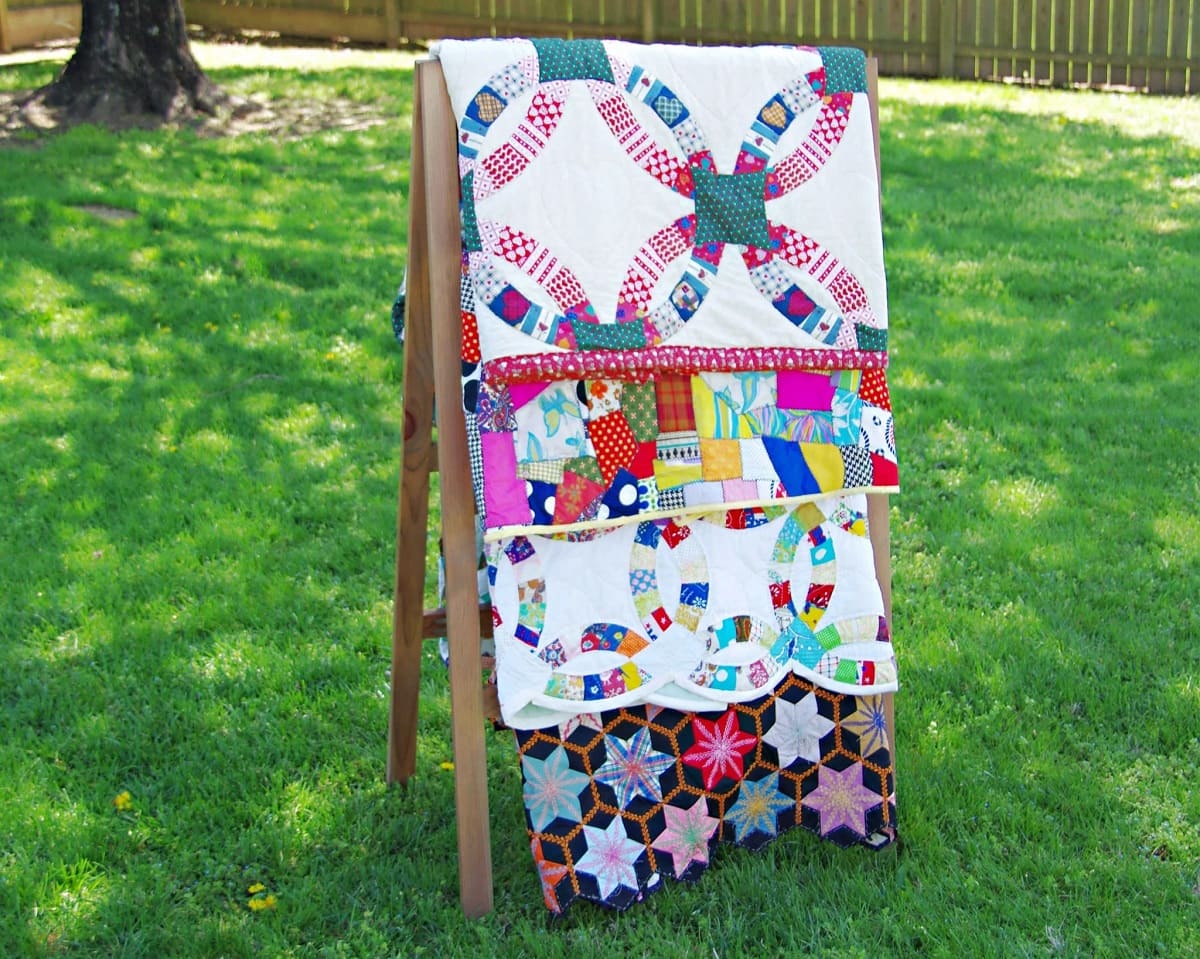


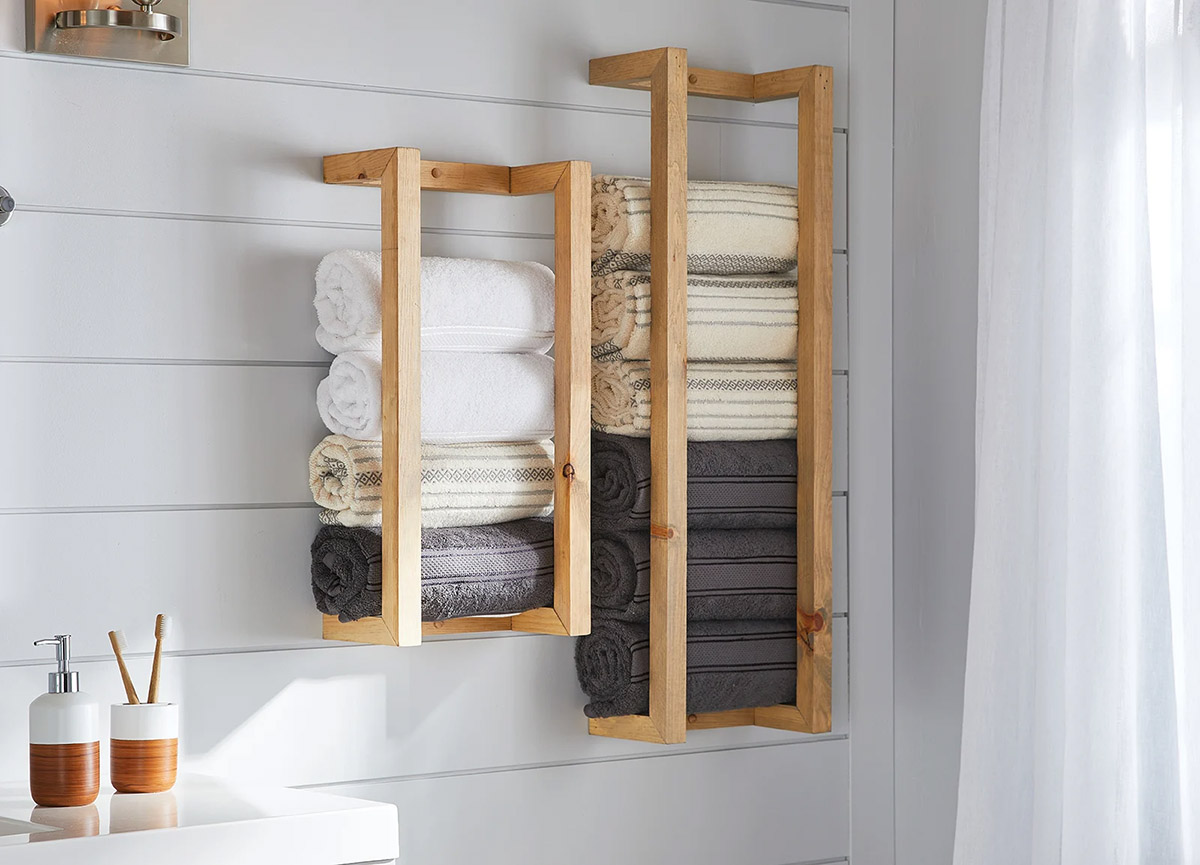


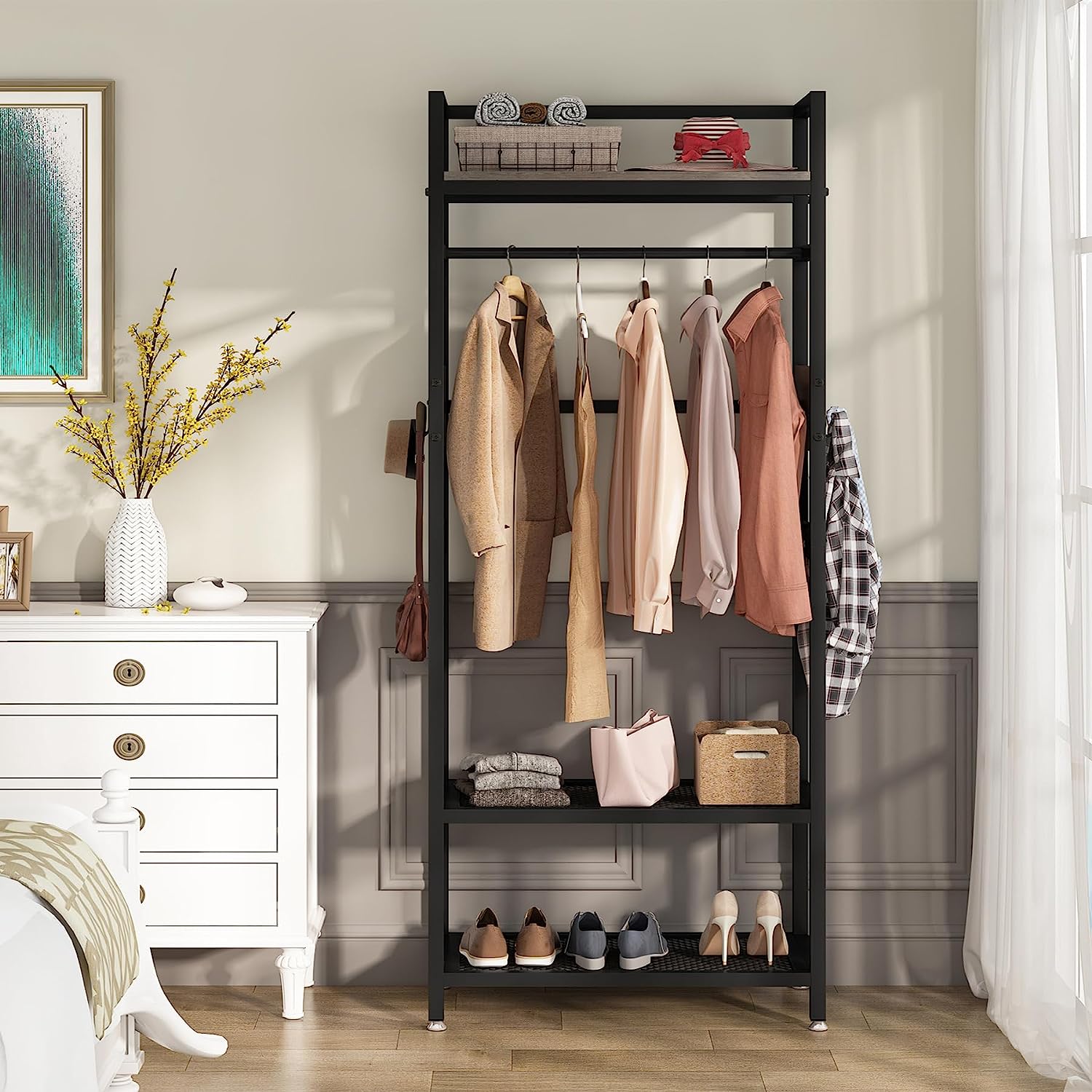
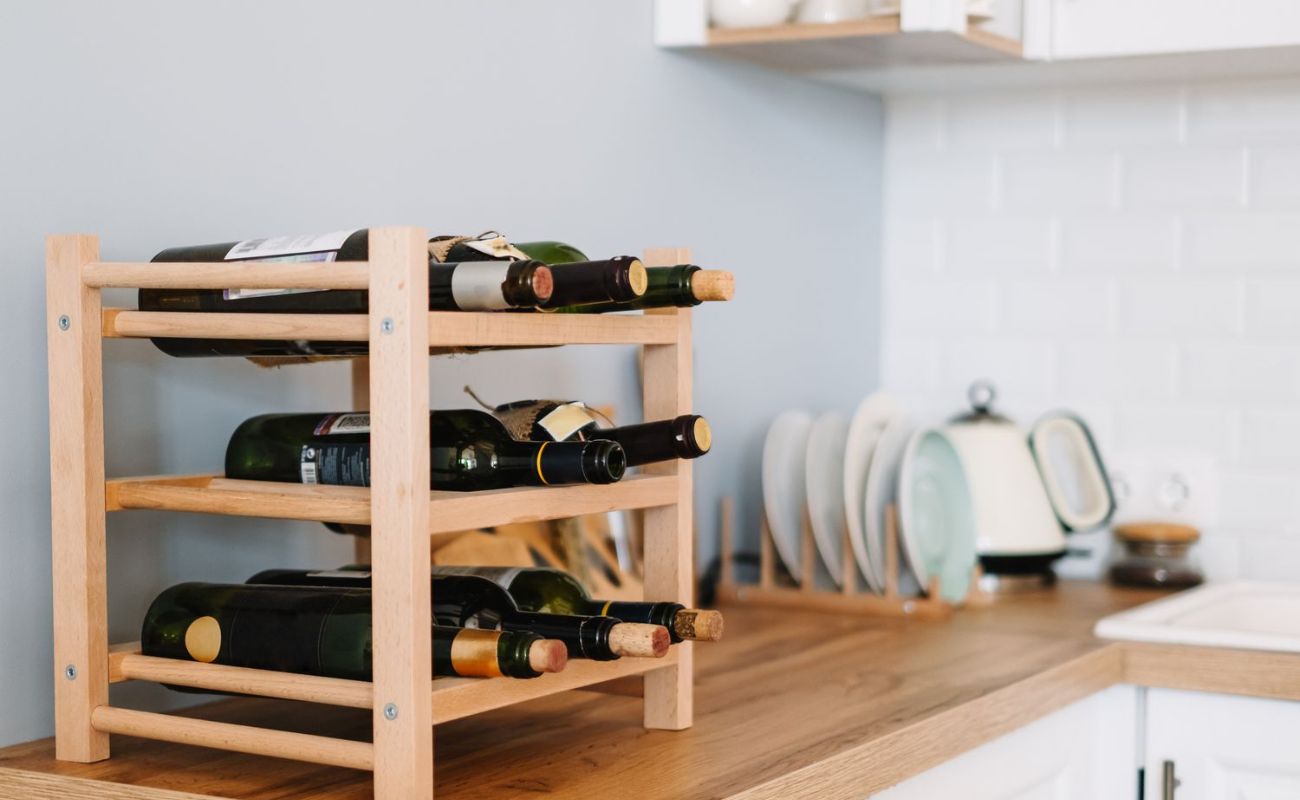
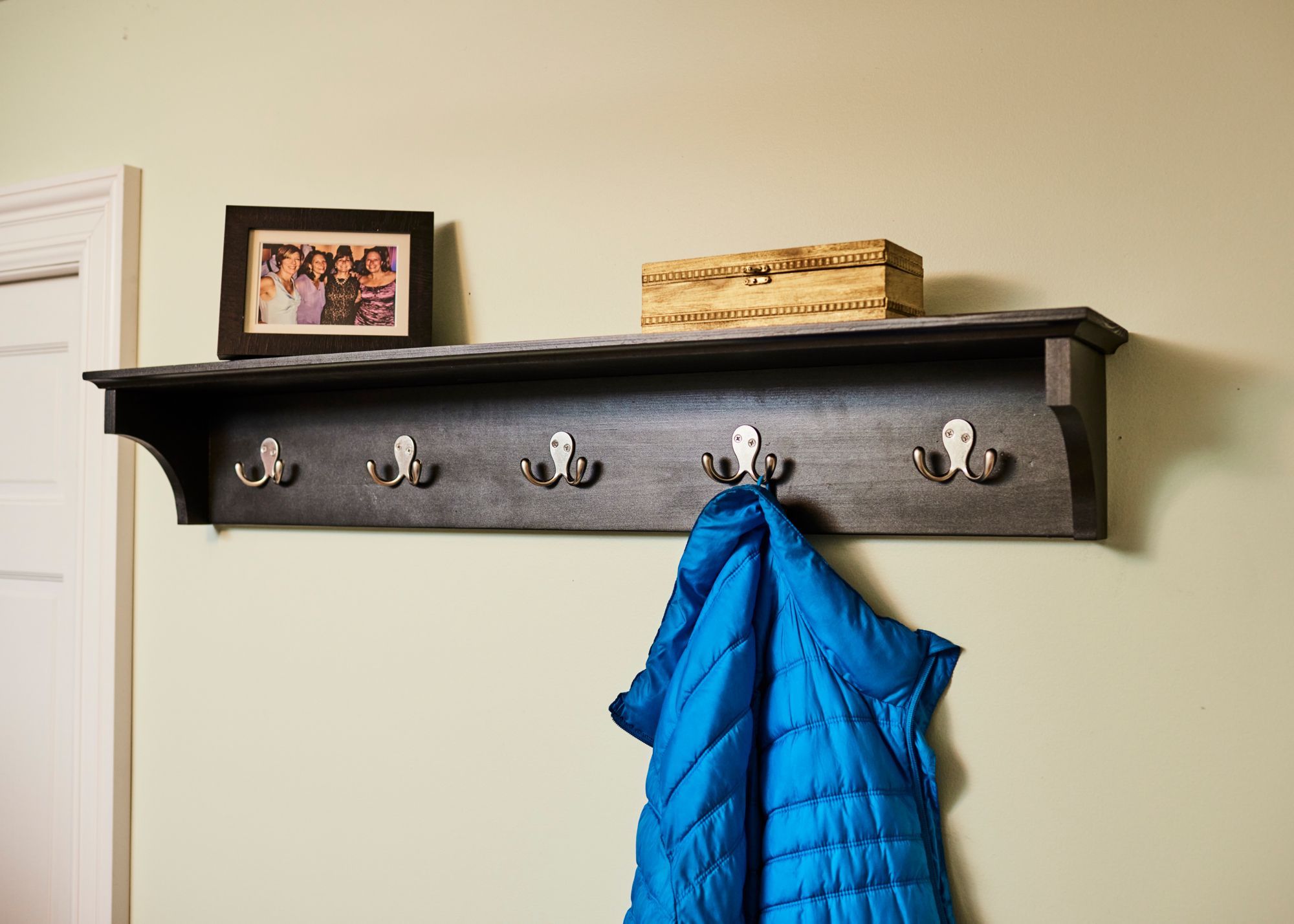

0 thoughts on “What Are Racks”